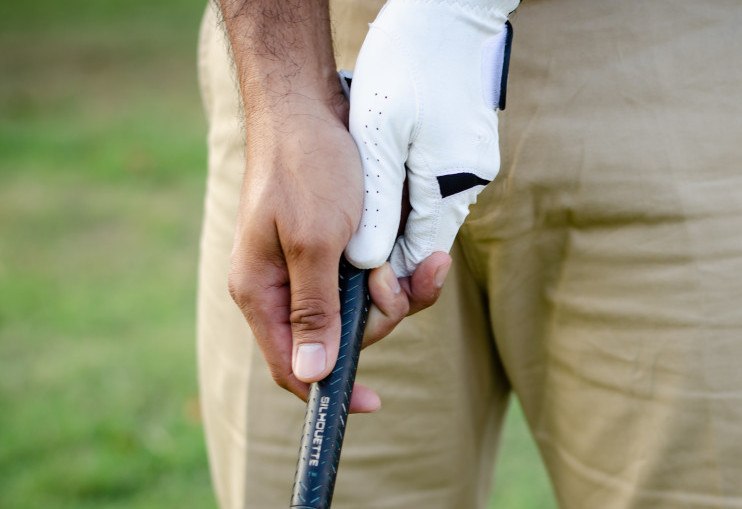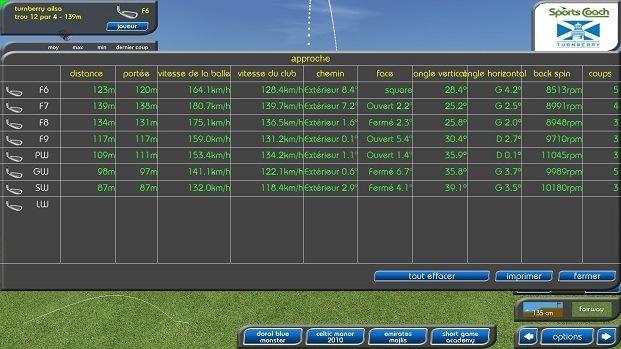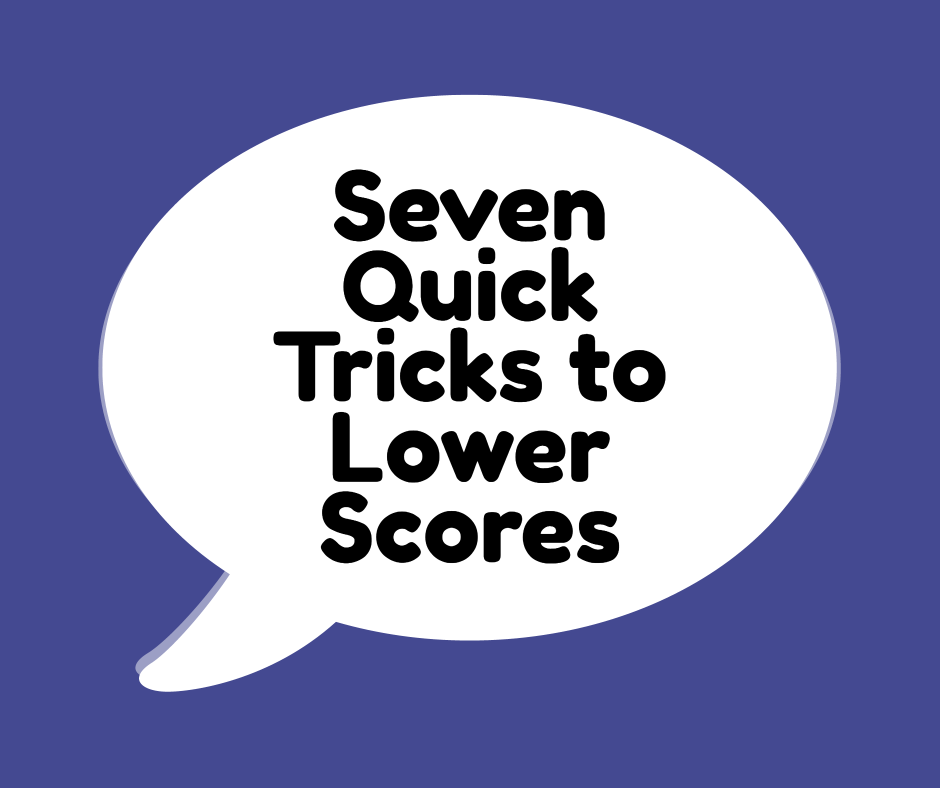As golfers, we are constantly tinkering with all sorts of things from changing shafts to using a different ball. Generally, this is in an effort to lower scores, hit the ball better or produce a different shot. While I do all these things regularly, I think we could be missing a trick by not concentrating on our ball position with irons in particular. quite small changes can lead to some interesting results. You might also just be lost in terms of knowing where the ball should actually be in your stance in order to get the best results. Here are a few key points.
Ball Position With irons only
I won’t worry too much in this article about the other clubs in the bag. The driver tends to be fairly standard, forward in the stance in order to hit up on the ball and get that magic combination of spin and attack angle to maximize distance. On the other end of the spectrum, wedges are very different because we can potentially play with ball position a huge amount in order to play everything from a back foot bump and run to a front foot flop shot. With irons, the changes tend to be a little bit more subtle.
Before worrying about exactly what we can modify, let’s start with the basics which are generally true for all golfers. Essentially, as you can see in the video below from Peter Finch who makes fantastic educational content, ball position moves forward in the stance as the club gets longer. A pitching wedge is going to be towards the back of the stance whilst a three iron ( if you still play one) will be nearer the centre, or even forward of centre. Why is this?
The most obvious reason fro this is club length. A wedge is a shorter club and will have a more vertical attack angle (essentially hitting down more on the ball.) A long iron will usually bit hit with a more sweeping motion and a more neutral angle of attack. This can actually even be true of a single iron golf swing as I have found through personal experience.
Small Variations are Key
It is important to remember that the ball position need not vary hugely. I like to compare it to club length. Irons typically vary by 0.5″ from one to the next and it is a pretty reasonable rule of thumb that says that you can move ball position by about the same amount. If you start moving it by more than this, tow things will happen:
- Firstly, it will become extremely difficult to make regular contact with the ball.
- Ball flight will almost certainly vary quite a bit even if you are good enough to hit it well.
Why Change Ball Position?
So much for the theory, but what about in practice? I think it is important at this point to remember that golf is a game played in real life, not in a simulator. How often do you find yourself with a completely flat lie, for example? What works beautifully in theory on a practice mat hitting into a screen doesn’t always pan out in real life. There is no point sticking blindly to the theory of half an inch increments when, for example, you are playing off a huge down slope. It is clearly going to change things.
This is just common sense really. For example, if you have a gale blowing at right-angles to your shot, you aren’t going to aim straight like you would on a still day, are you? Part of the fun of the game is attempting, more or less successfully, to work out weather and course conditions. If not, we would all just play in perfect conditions on a computer screen hitting off a mat.
Ball position is no different. It is just one more element that you can use to hit a shot. So what does this mean in theory? If you are a beginner or a higher handicap golfer, you can certainly play around with this, but it becomes a lot more useful when you get to a level where your strike is reasonably consistent. when you have no idea what sort of contact you will make with the next shot, playing with ball position is akin to shuffling deckchairs on the Titanic!
There are lots of different things you could try, but here are a couple of examples.
Hitting a Trap Draw or a High Fade
Sometimes being able to hit a low draw that will run for miles can be a really useful shot. This might be with a long iron off the tee, or maybe trying to bend something from behind a tree and still get some distance rather than just punching out. Putting the ball back in your stance an inch or two can be an easy way to make this happen. You will tend to hit the ball from the inside with a club face that is closed to path (but not completely shut by any means.) The ball will head out to the right, nice and low and should draw in and roll.
The opposite ball position can produce essentially the opposite shot, a high fade. Many golfers find this to be an easy shot to control and a safe way of hitting a fairway or green, especially when they would rather not swing out of their socks. Place the ball forward in the stance, maybe line up a little to the left and swing easy.
Of course, there are plenty more options that can be achieved simply by moving the ball an inch or two, maybe less. As a golfer gets better, finding different shot is both a fun experience on the course and a real weapon to deal with course conditions, whether it is an uneven lie or trying to get back into play from a tricky situation. The best way to learn this is to hit the course, move the ball around and see what happens.







